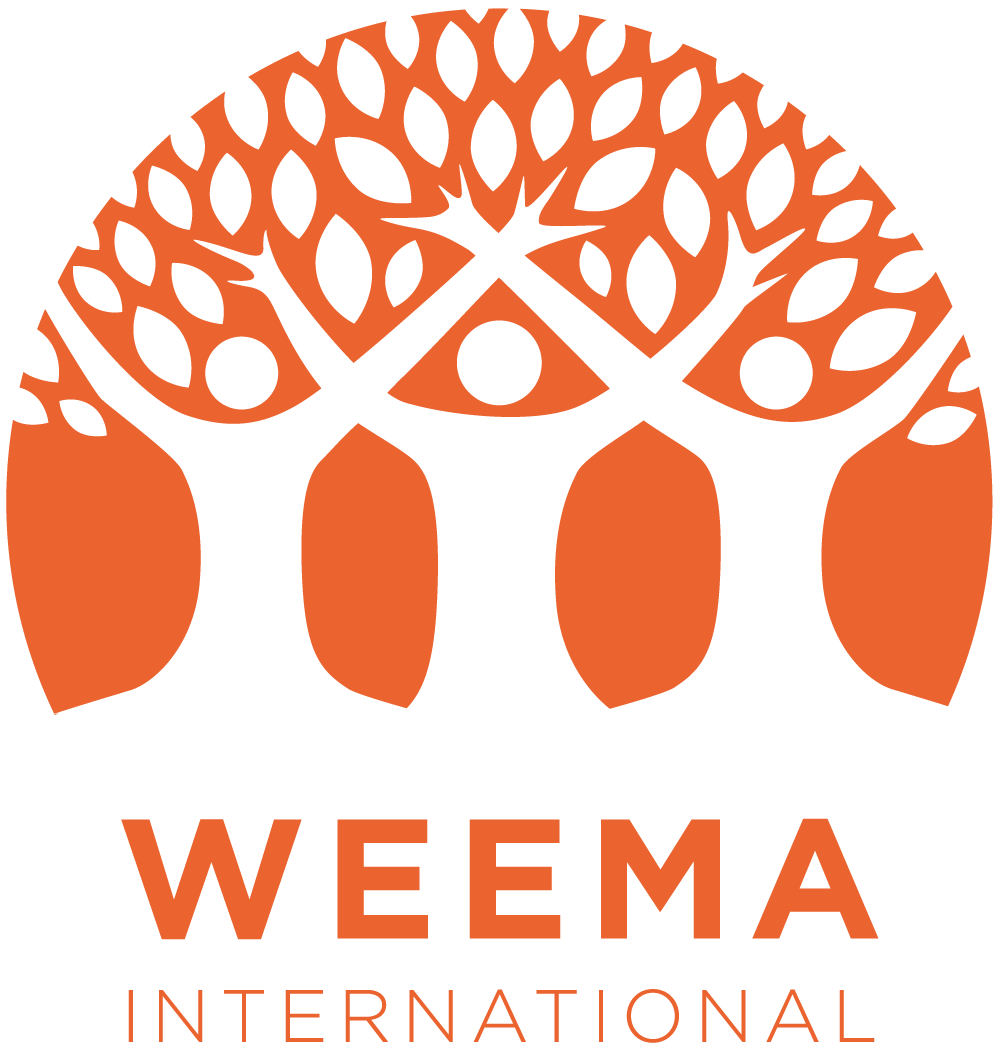Severe Acute Malnutrition
THE ISSUE
Like many low-income countries, Ethiopia’s malnutrition is driven by poverty, food insecurity, inadequate sanitation, and a lack of access to clean water and healthcare services. Many rural households rely heavily on subsistence farming where nutritional intake is largely dictated by seasonal availability of crops.During lean periods, or times of harvest failure, malnutrition levels can dramatically increase.
While chronic malnutrition is common in parts of rural Ethiopia, severe acute malnutrition (SAM) is a life-threatening condition that primarily affects children under five years of age. SAM symptoms include lethargy, unconsciousness, convulsions, hypothermia, hypoglycemia, dehydration, anorexia, edema, and severe wasting. Treatment requires intensive inpatient medical management at “stabilization centers” located within hospitals or health centers. These stabilization centers follow World Health Organization SAM inpatient protocols, which are designed to rehabilitate children and manage any complications they may be experiencing.
Inpatient treatment is provided in three phases:
Phase 1 (Stabilization): The first step is to treat/prevent hypoglycemia, hypothermia, dehydration, and infection, and correct electrolyte imbalances. Children are given F-75 therapeutic milk, which is a specially designed formula to provide adequate nutrients without overloading their metabolism. During this phase, the child's appetite and any infections are treated but the child is not yet expected to gain weight.
Phase 2 (Rehabilitation): Once the child's condition has stabilized, they are given F-100 therapeutic milk or Ready-to-use Therapeutic Food (RUTF), both of which are more nutrient-dense, to promote weight gain. At this stage, micronutrient deficiencies are addressed, and the caregivers are trained on preparing suitable diets at home and recognizing signs of malnutrition.
Phase 3 (Follow-up): After discharge, there is regular follow-up to monitor the child's weight gain and to prevent relapse.
Treatment also involves addressing specific medical complications. For instance, antibiotics are usually given to treat infections, antimalarial treatment is given where necessary, and deworming medicine is provided.
Accessing these services in remote regions, however, is hugely challenging due to a lack of resources such as antibiotics, therapeutic milk, and skilled healthcare workers. Another significant barrier is the lack of food for caregivers staying at stabilization centers with their sick children. This often causes the caregiver to take the child home prior to completing inpatient treatment.
WEEMA’s COMMUNITY-LED INTERVENTION
WEEMA partners with health facilities and district governments to support local SAM stabilization centers with training, supplies, medications, therapeutic milk, food for caregivers, and other non-food items.
FUNDING AND IMPLEMENTING PARTNERS
IZUMI FOUNDATION
INPATIENT CHILD MALNUTRITION SUPPORT LOG FRAME
(What is a log frame? A logical framework, often referred to as a log frame, is a planning tool used in international development to design, implement, monitor, and evaluate projects. It establishes a coherent structure to identify and express the project's goals, objectives, activities, inputs, outputs, outcomes, and impacts, while also defining the indicators for measuring success and identifying potential risks and assumptions. This framework fosters accountability and ensures that projects are effectively addressing identified needs and expected results.)

